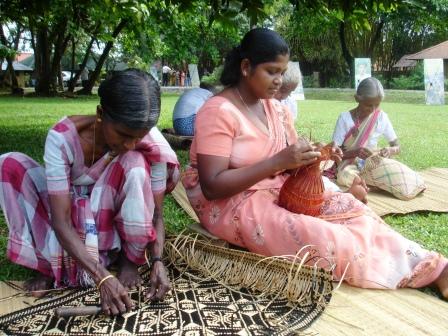An Overview Of Our Solution
- Population Impacted:
- Continent: Asia
Organization type
Population impacted
Size of agricultural area
Production quantity
People employed
Describe your solution
Describe your implementation
External connections
What is the environmental or ecological challenge you are targeting with your solution?
Describe the context in which you are operating
The introduction of Green Revolution to Sri Lanka changed the traditional ecology based agricultural system to dependence on chemical fertilizer & pesticides, degrading the soil, increasing the basic cost of agriculture, making it impossible for micro land farmers to eke out a living, driving them to poverty and leaving the land for employment in the cities. The small plots became uneconomical and farmers were forced to leave in search of alternate methods of income generation. This forced the women to seek employment as domestic employees in the Middle East or in urban areas as garment factory workers, disrupting family, social and cultural fabric. The wetland biodiversity was destroyed due to chemicals and land degradation unable to support the natural ecology and numerous species of flora and fauna disappeared from the wetlands. Farming land was slowly being converted to housing projects and rapid deforestation to meet the needs of the increasing population changed the water table and the natural waterways causing floods.
How did you impact natural resource use and greenhouse gas emissions?
Language(s)
Social/Community
Water
Food Security/Nutrition
Economic/Sustainable Development
Climate
Sustainability
Organic rice cultivation of traditional varieties became an economically sustainable due to increasing market needs. Reed plots in rice fields have increased the biodiversity, absorption of water pollutants, soil rejuvenation, etc., helping long term sustainability. Eco friendly reed products have become fashionable & in demand as a niche market. The network of farmers & weavers support & sustain each other & networks enable us to accept large scale production of eco friendly products. The organization is self sustaining through revenue of eco friendly products, without grants or government subsidies. We are a research & resource centre for biodiversity education, training & conservation.
Return on investment
Entrant Image
Entrant Banner Image
